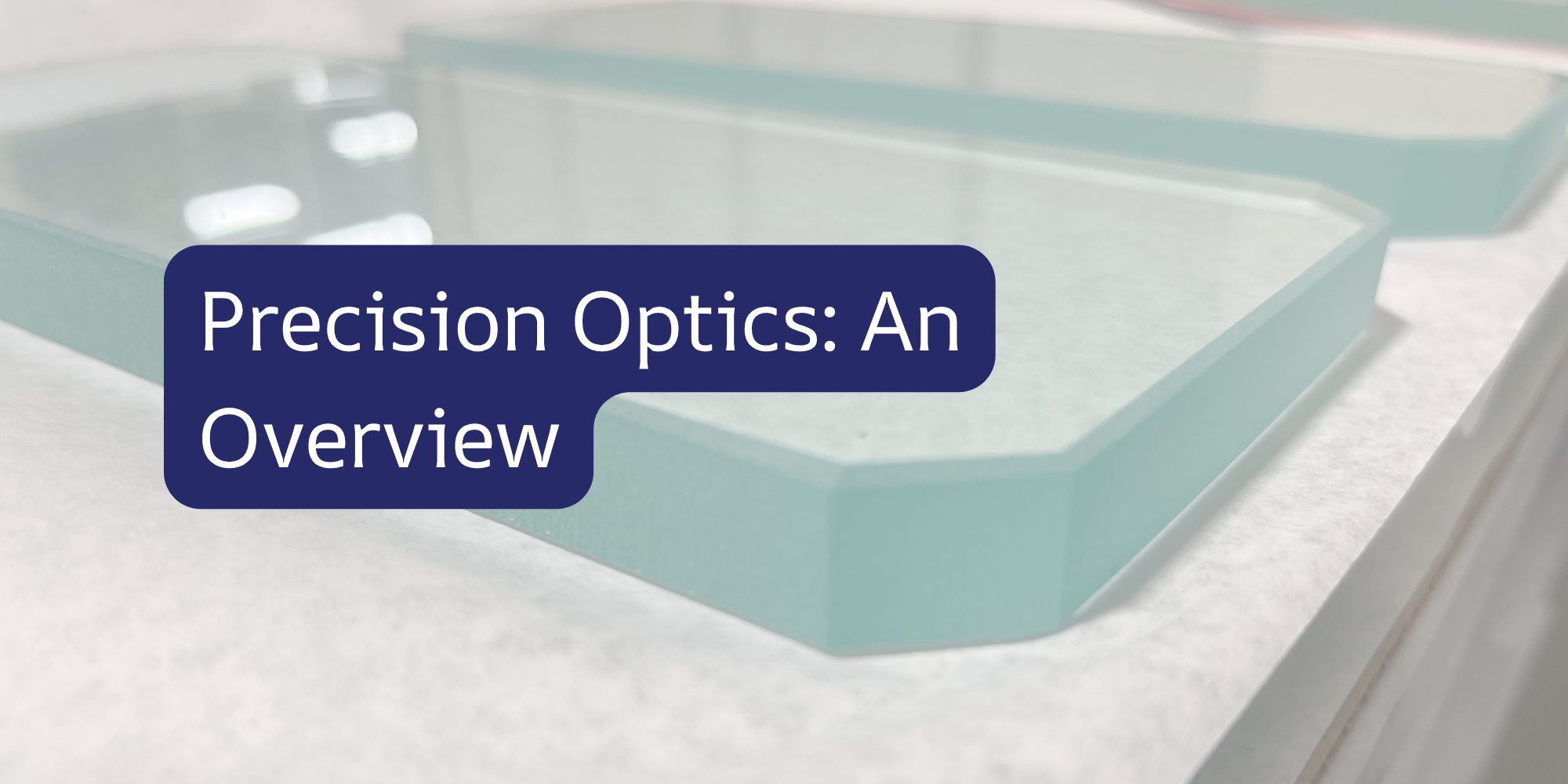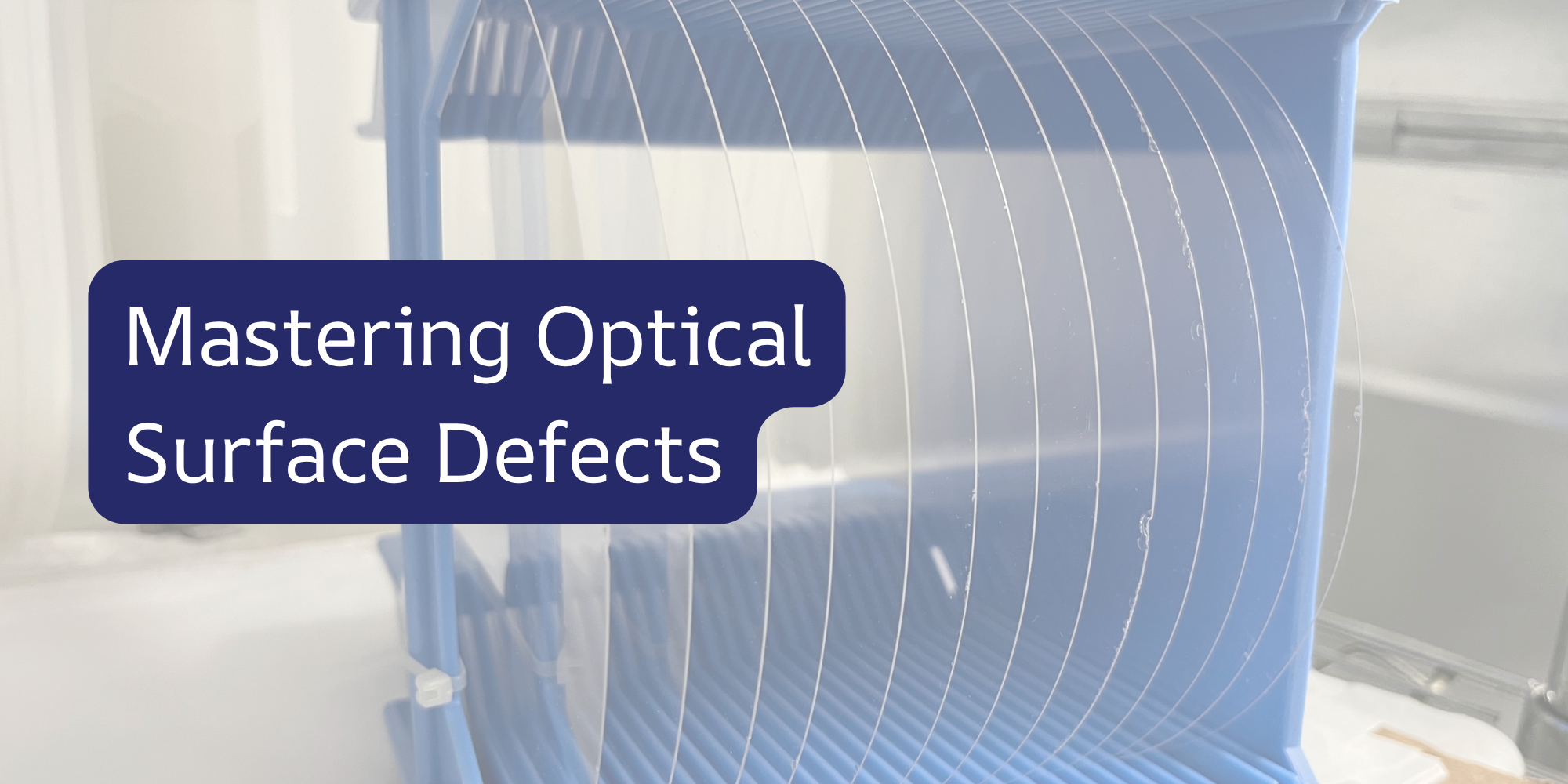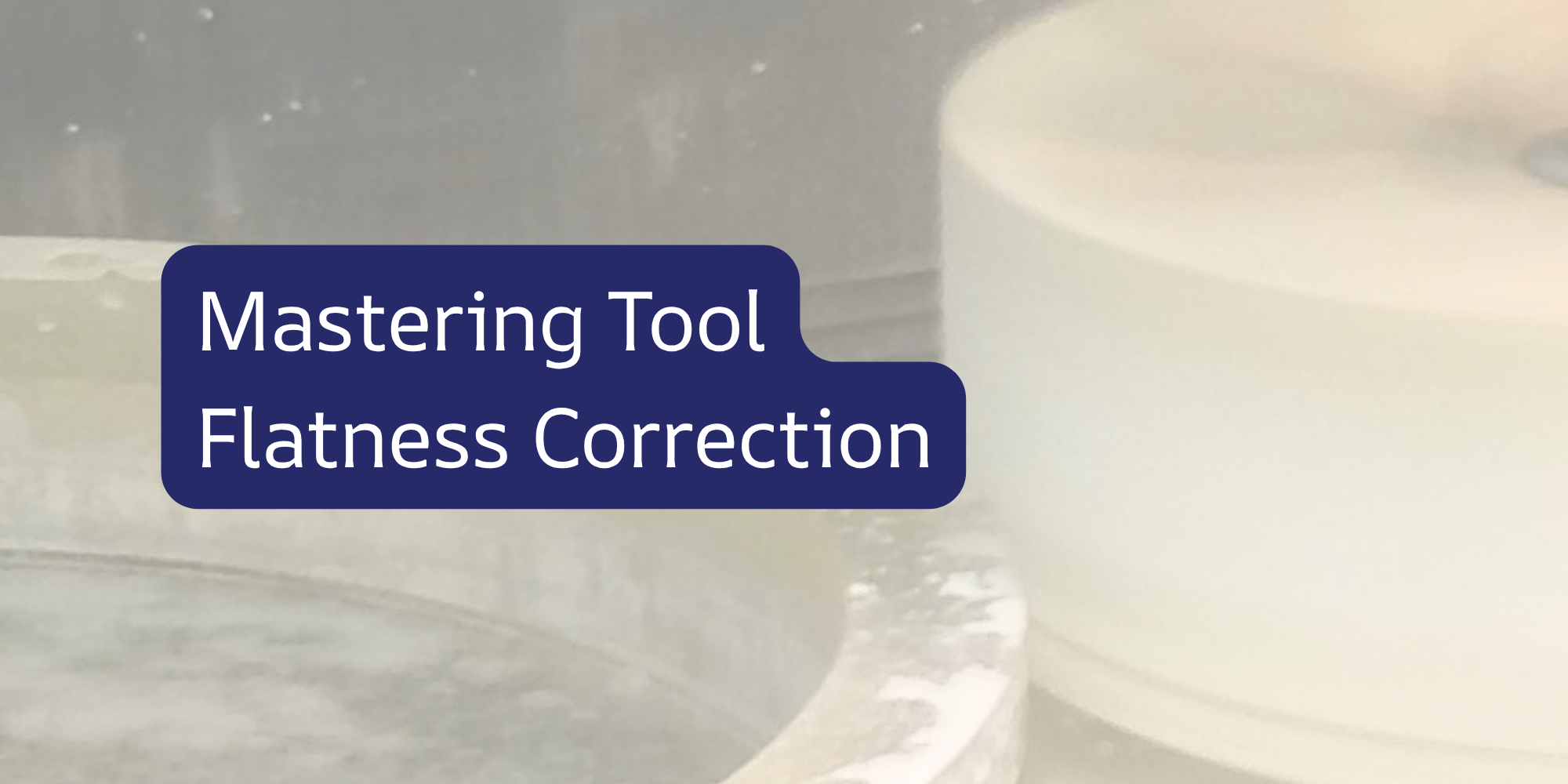From quality control in semiconductor manufacturing to precision engineering in aerospace, optical interferometry stands as a cornerstone technology for ultra-precise surface measurements at the nanometer scale.
The Fundamentals of Optical Interferometry
Optical interferometry is a powerful technique that involves the interaction of light waves to measure minute surface variations with high precision. This method leverages the principle of interference, where two or more light waves superimpose to produce a resultant wave, providing detailed information about surface topology.
The basic setup includes a light source, beam splitter, reference mirror, and a detector. The light is split into two beams; one reflects off the surface being profiled, and the other off a reference mirror. When the beams recombine, any differences in path lengths cause interference patterns that are analyzed to deduce surface features down to nanometer scales.

Advantages of Using Optical Interferometry in Surface Profiling
One of the primary advantages of optical interferometry is its non-contact measurement capability, which is crucial for delicate and soft surfaces that could be damaged by contact methods. This non-invasive approach ensures the integrity of the sample throughout the measurement process.
Additionally, optical interferometry offers high-resolution measurements, capable of detecting features at the sub-nanometer level. This precision is essential for industries requiring stringent surface quality, such as semiconductor manufacturing, precision optics, and biomedical devices.
Key Applications and Case Studies
Optical interferometry has found extensive applications in various fields. In semiconductor manufacturing, it is used for wafer inspection and lithography mask evaluation, ensuring that the microstructures meet exacting standards. Precision optics benefit from interferometry by enabling the production and verification of high-quality lenses and mirrors.
A case study in the aerospace industry demonstrated the use of optical interferometry to inspect turbine blades. Accurate surface profiling ensured the blades' aerodynamic efficiency and longevity, leading to significant improvements in engine performance and reliability.

Challenges and Limitations in Optical Interferometry
Despite its advantages, optical interferometry faces several challenges. Environmental factors such as vibrations, temperature fluctuations, and air turbulence can affect measurement accuracy. Implementing vibration isolation systems and environmental controls is crucial to mitigate these effects.
Another limitation is the difficulty in measuring surfaces with high roughness or steep angles. Interference fringes become hard to interpret under these conditions, requiring advanced algorithms and enhanced imaging techniques to obtain reliable data.
Future Trends and Innovations in Optical Interferometry
The future of optical interferometry is promising, with ongoing advancements aimed at enhancing its capabilities and broadening its applications. Innovations in digital signal processing and machine learning are improving the interpretation of complex interference patterns, leading to more accurate and faster measurements.
Emerging hybrid techniques, combining optical interferometry with other surface profiling methods, are being developed to address its limitations. These hybrid systems aim to provide comprehensive surface analysis, leveraging the strengths of multiple measurement techniques for improved versatility and precision.





